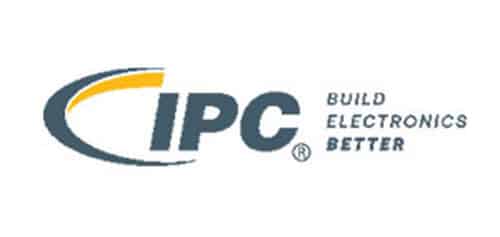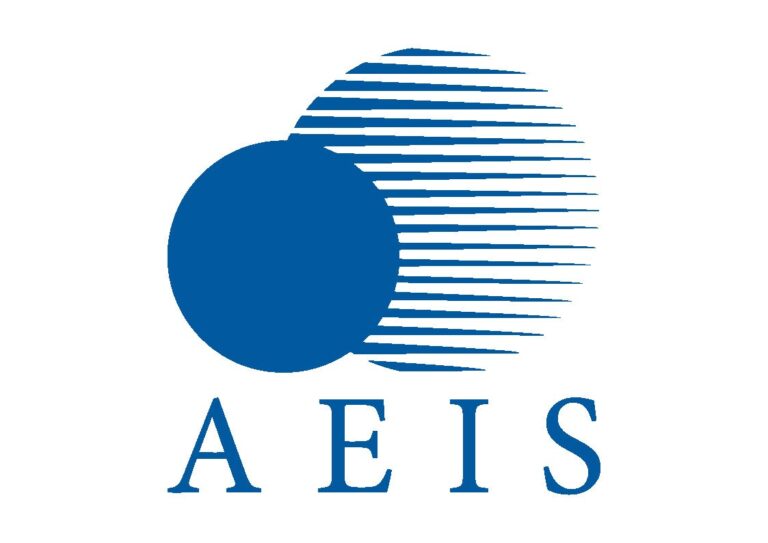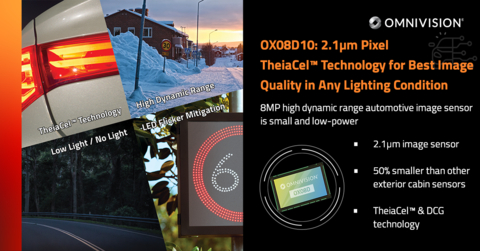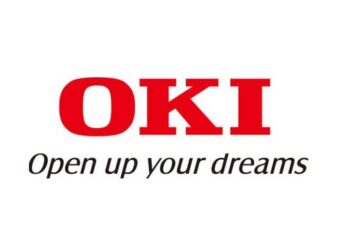OMNIVISION, a renowned global semiconductor solutions developer specializing in advanced digital imaging, analog technology, and touch & display technology, has announced a major innovation in the field of automotive imaging. At the AutoSens Brussels event, the company introduced its OX08D10 8-megapixel (MP) CMOS image sensor, featuring the revolutionary TheiaCel technology. This cutting-edge solution is set to enhance automotive safety by delivering superior resolution and image quality for exterior cameras, critical components of advanced driver assistance systems (ADAS) and autonomous driving (AD).
The OX08D10 image sensor sets a new industry standard with its exceptional low-light performance and minimal power consumption, all within a compact form factor that is 50% smaller than similar exterior cabin sensors. What sets this sensor apart is its incorporation of OMNIVISION’s groundbreaking 2.1-micron (µm) TheiaCel technology, a technological marvel that harnesses the power of next-generation lateral overflow integration capacitors (LOFIC) and OMNIVISION’s proprietary DCG high dynamic range (HDR) technology to eliminate LED flicker, regardless of lighting conditions. TheiaCel enables the OX08D10 to achieve remarkable HDR image capture at distances of up to 200 meters, striking a balance between Signal-to-Noise Ratio (SNR1) and dynamic range, making it ideal for automotive exterior camera applications.
Paul Wu, Automotive Product Marketing Manager at OMNIVISION, emphasized the significance of the OX08D10 image sensor, stating, “The new OX08D10 image sensor provides automotive OEMs with one device that combines all of the most important features, including low-light performance, LED flicker mitigation (LFM), small size, and low power, eliminating the need for our customers to make performance/design compromises to address LED flicker, as they have in the past. Additionally, we are excited to debut our new TheiaCel technology at AutoSens this year. TheiaCel brings a new era to single-exposure HDR in an easy-to-implement solution that yields dramatic improvements in image quality.”
Anas Chalak, Technology & Market Analyst for Imaging at Yole Intelligence, emphasized the growing demand for technologies like TheiaCel, saying, “LFM, HDR, and high resolution have become essential prerequisites in modern automotive image sensors to achieve higher autonomy vehicles. OMNIVISION’s TheiaCel DCG + LOFIC solution fulfills these criteria, aligning with the trend of implementing more exterior cameras per car in the upcoming years. By 2028, we expect the ADAS camera market volume to reach around 105M units and the overall automotive image sensor market to expand to $3.7 billion, experiencing a CAGR22-28 of 8.7%.”
In the automotive sector, the issue of flickering from LED traffic lights has posed a significant challenge for imaging solutions, hindering the accurate detection of illuminated traffic signs by ADAS and AD systems. Previous approaches, while addressing LED flicker, often resulted in compromised image quality, especially at elevated automotive temperatures.
OMNIVISION’s TheiaCel technology, with its 2.1µm single-pixel technology, offers high LFM without compromising image quality. This innovation combines next-generation LOFIC capabilities with OMNIVISION’s proven HDR technology, capturing high-contrast scenes for optimal content and image quality. Compared to its non-LOFIC-based predecessor, the OX08D10 delivers superior performance across the board, with its LFM dynamic range being 3.3x higher and its total dynamic range nearly 3x higher. It also boasts enhanced cybersecurity features in compliance with the latest MIPI CSE version 2.0 standards, adding functional safety to automotive image sensor data streams. The TheiaCel device utilizes OMNIVISION’s a-CSP package technology for the smallest possible solution.
This breakthrough by OMNIVISION promises to revolutionize the field of automotive imaging, ensuring safer and more efficient ADAS and AD systems with LED-flicker-free exterior cameras.










